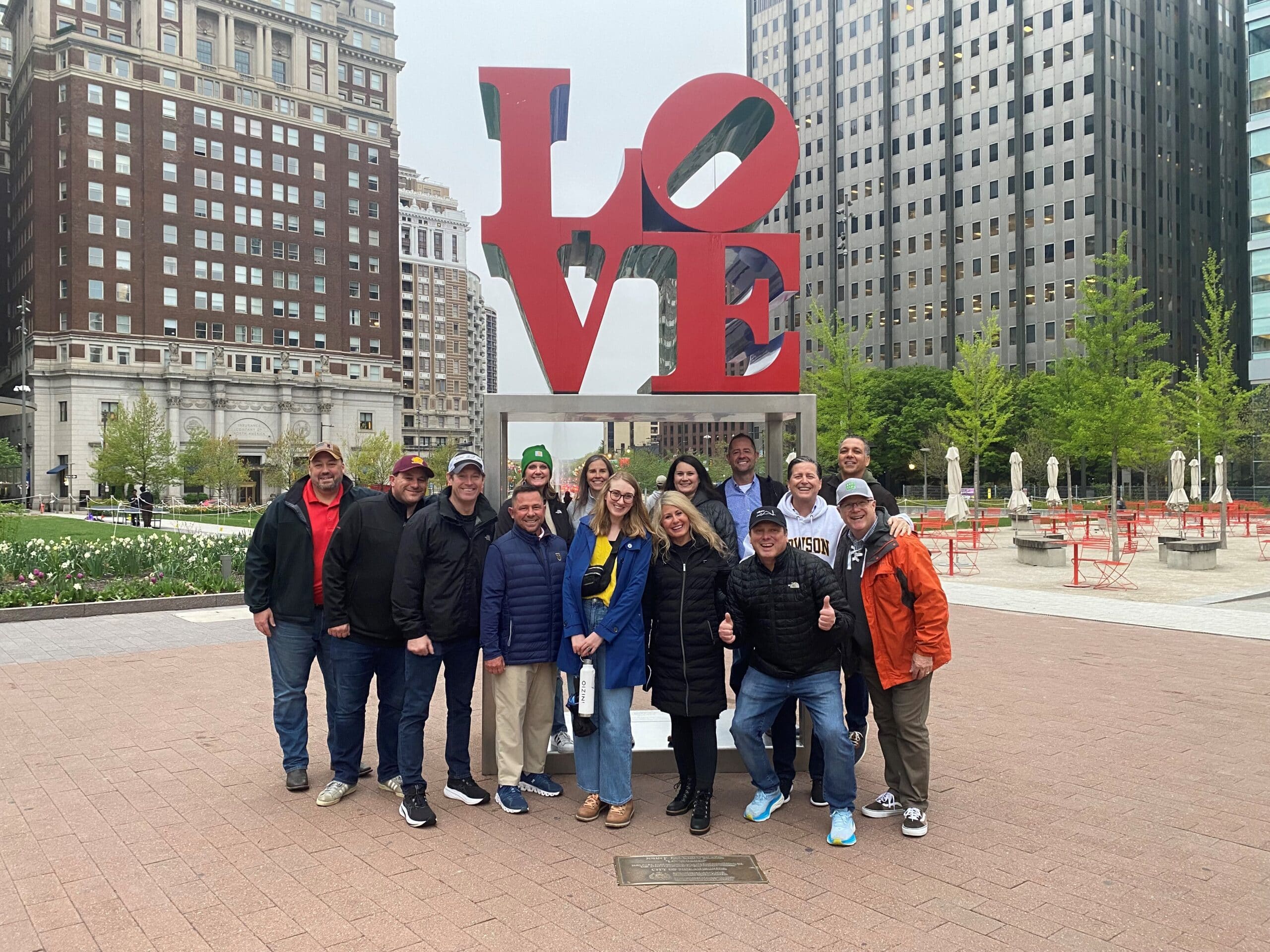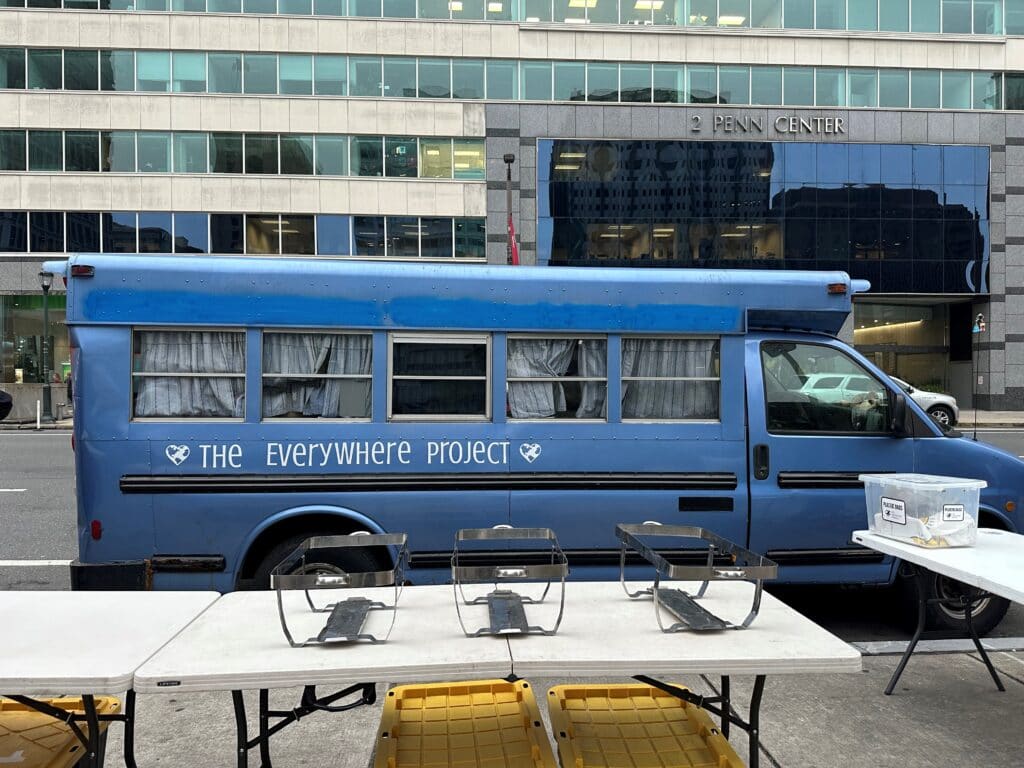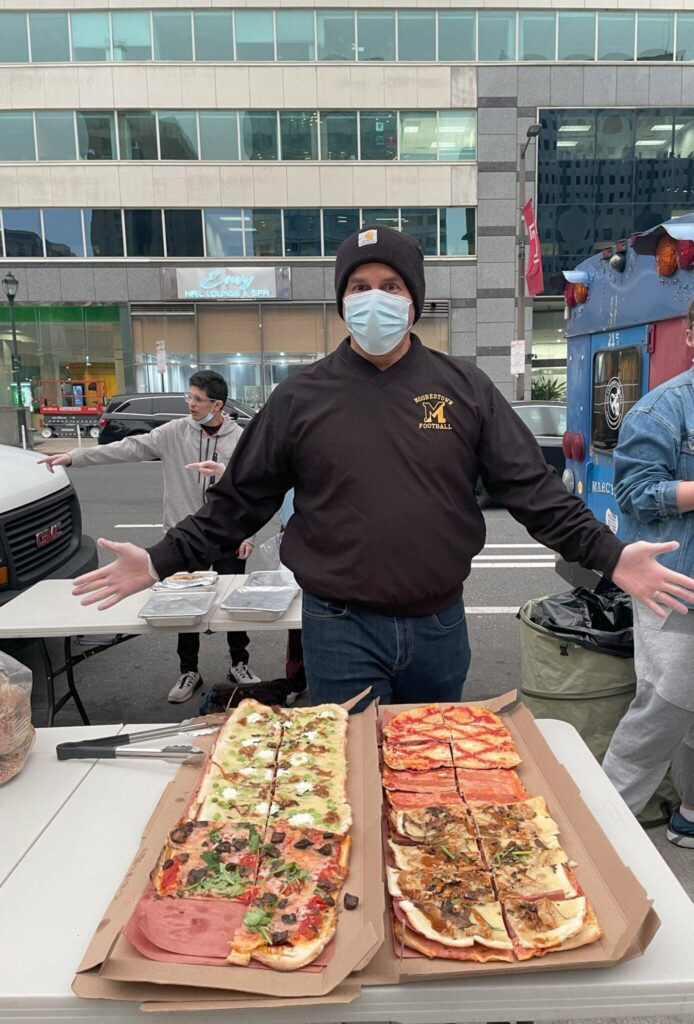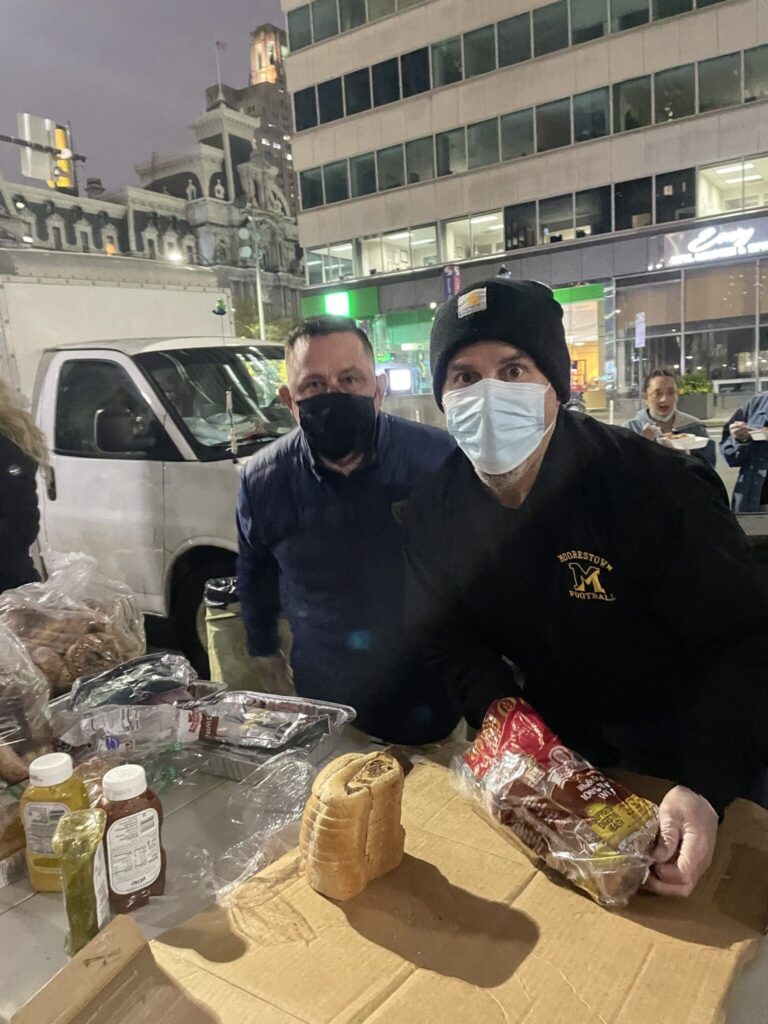
According to the CDC, in 2022, 107,941 drug overdose deaths occurred, serving as a stark reminder of the urgency in addressing the opioid epidemic. Faced with this staggering loss of life, a one-dimensional response simply won’t suffice. Instead, we must adopt a multifaceted approach that acknowledges the complex nature of the crisis. One critical facet of this approach is harm reduction, which encompasses a variety of strategies aimed at minimizing the negative consequences associated with substance use. At its core, harm reduction embodies a fundamental shift in perspective, moving away from punitive measures and moral judgment towards practical strategies aimed at minimizing harm and promoting health and safety. The CDC and SAMHSA support the benefits of harm reduction. Some examples include:
- Needle and syringe exchange programs: These programs provide sterile needles and syringes to people who inject drugs, reducing the risk of transmitting bloodborne infections such as HIV and hepatitis C.
- Naloxone distribution: Providing overdose education and distributing naloxone, a medication that can reverse opioid overdoses, to individuals at risk of overdose, as well as members of their social circles, empowers the community to respond effectively to overdose emergencies.
- Drug testing strips: These test strips enable individuals to identify potential contaminants in the drugs they are taking, helping them make informed decisions about their drug use and reduce the risk of overdose or other harms.
- Essential services: Providing access to food and hygiene items as well as connections to housing addresses people’s basic needs, which then contributes to their overall well-being, while helping them maintain dignity and respect.

Set up at Love Park with The Everywhere Project bus in the background
The Everywhere Project, a Philadelphia-based organization which aims to expand the use of harm reduction education and resources, by providing food, clothing, clean syringes, naloxone, fentanyl testing strips and safer use supplies, is an example of harm reduction in action. By actively engaging with communities affected by substance use, they promote health and safety and build trust in the community.
I saw firsthand how The Everywhere Project leads with compassion when I, alongside members of the Braeburn Team, volunteered during their outreach in Love Park in Center City. After setting up the tables and stations, they let us know that if requested, we should make a plate for a friend, wrap the food in foil to stay warm, or add an extra slice of bread or serving of pasta.
During the event, I made ham sandwiches and served pizza. My colleagues helped by serving hot food, passing out snack bags, and distributing hygiene and safe use kits. Beyond that, we tried to connect with each client that walked by our station that evening. Naturally, I am an outgoing person, and I aimed to bring positivity and exuberance to my pizza and sandwich table. If I saw a client wearing Phillies or Sixers gear, we would talk about recent games. When a child stopped by, I kneeled to talk with them at eye level. I believe these short moments of connection can make a profound difference in the lives of those who are often overlooked. I hope that I brought smiles to people’s faces while volunteering, but it is miniscule compared to the hard work The Everywhere Project does each week. They do outreach in Philadelphia on Wednesdays and Saturdays, and they have never missed a day. I am truly impressed by how they have become a steadfast anchor in the often turbulent lives of the people they serve.

Volunteering with The Everywhere Project affirmed my belief in the power of harm reduction to promote dignity and hope amidst adversity, and I am excited to continue to volunteer with them. I’ve seen how grassroots initiatives drive positive change and build inclusive communities. As we continue to confront the challenges posed by substance use, it’s clear that harm reduction will remain a crucial component of our collective response. By supporting and amplifying the efforts of organizations dedicated to harm reduction, we can make meaningful strides towards building healthier and more resilient communities for all.
